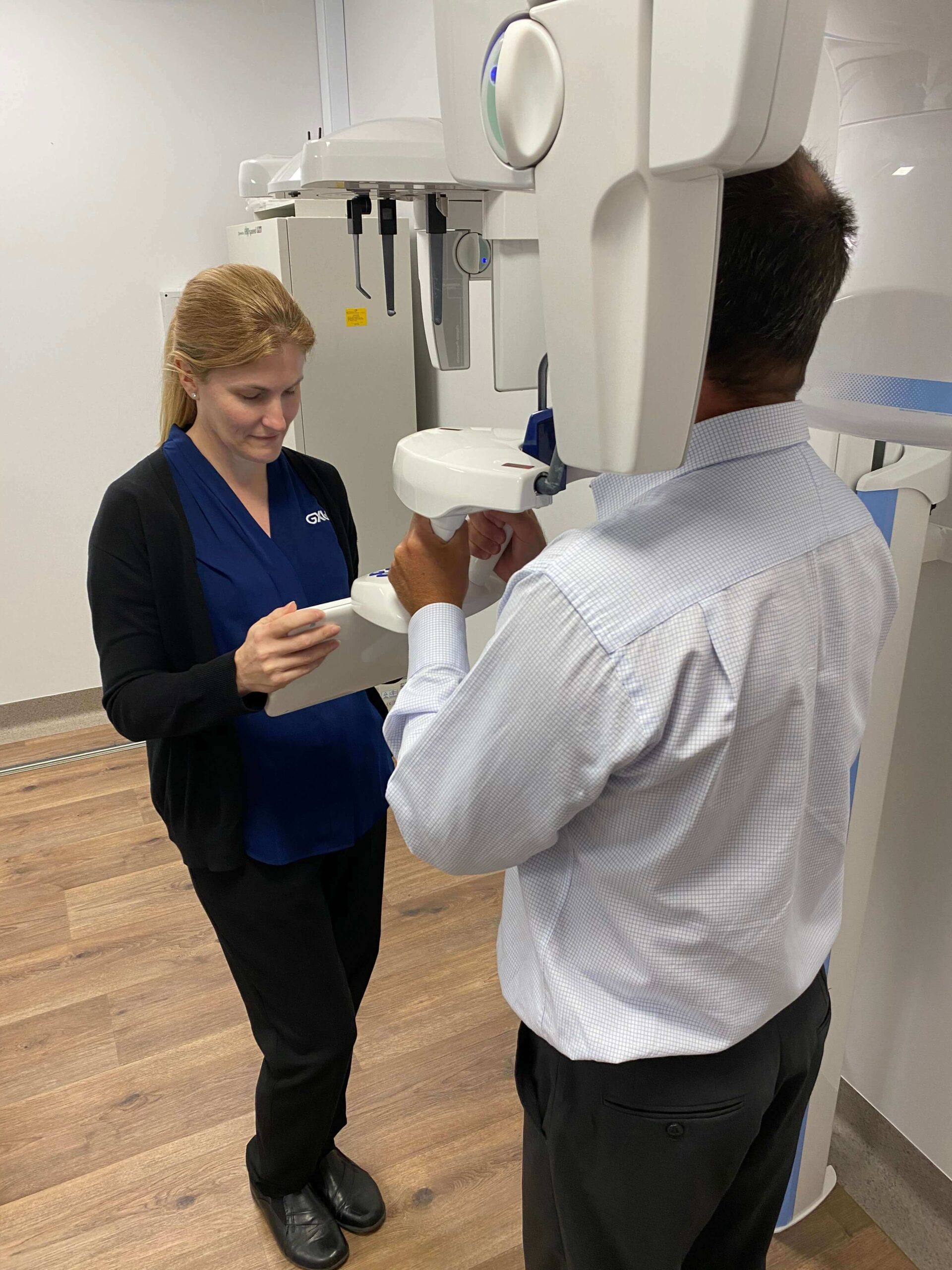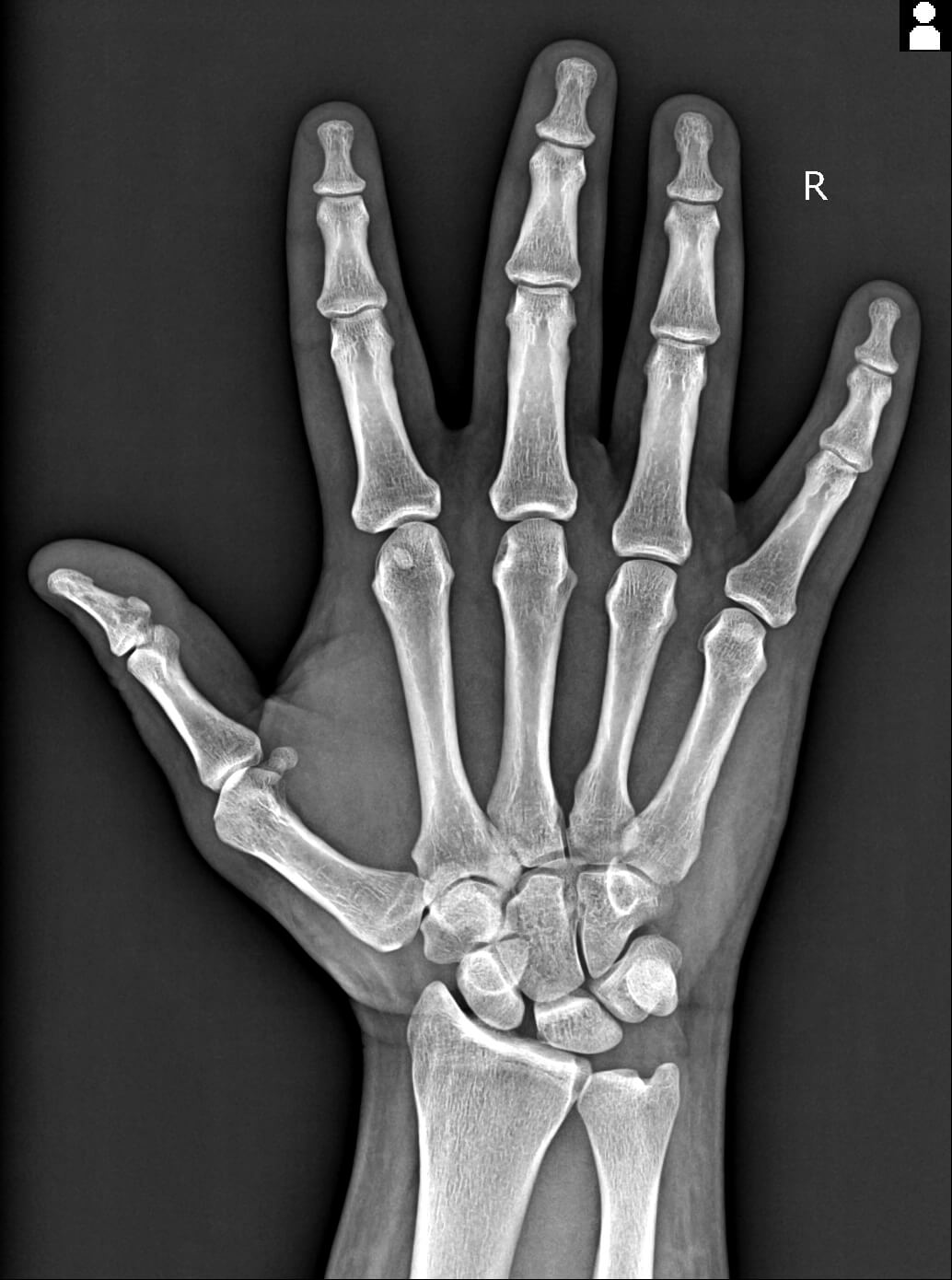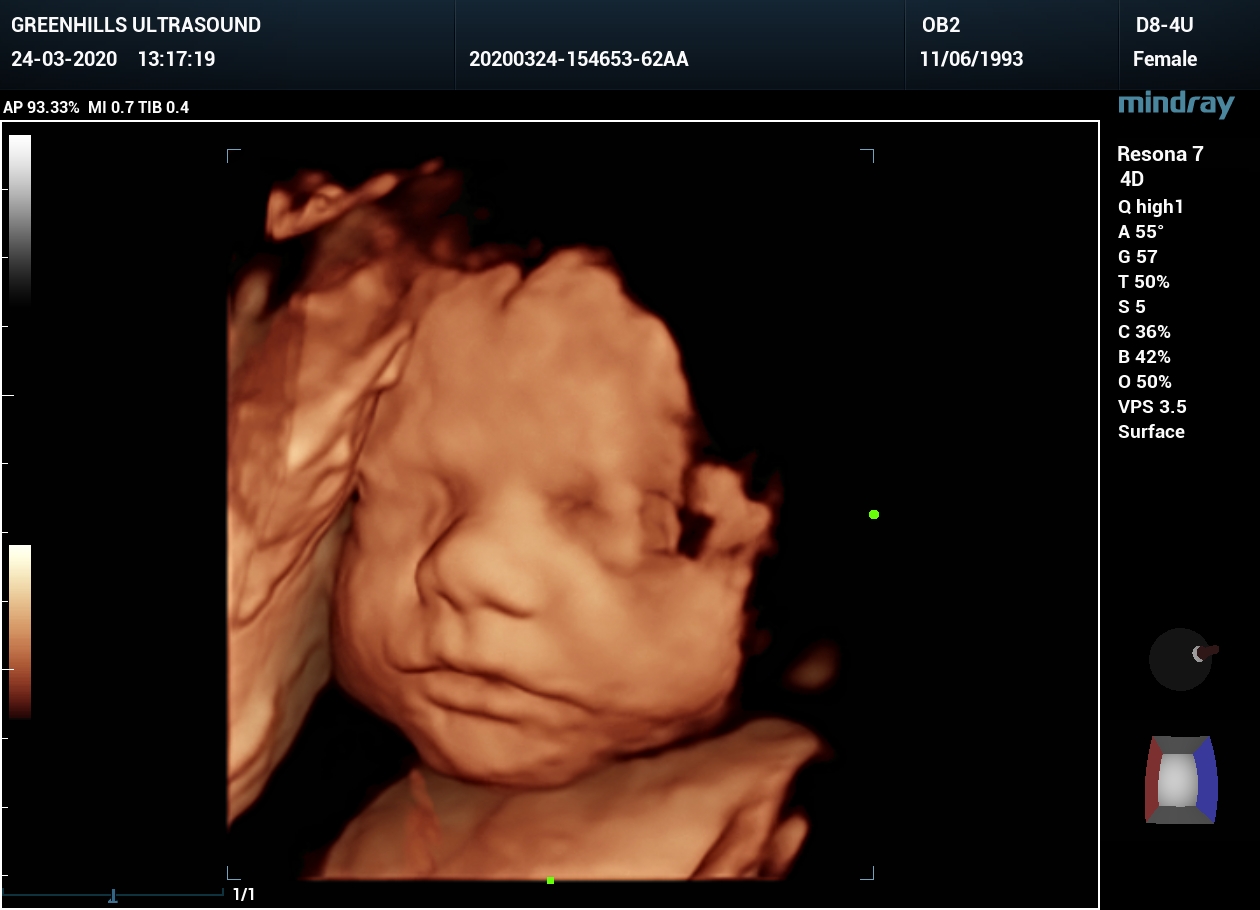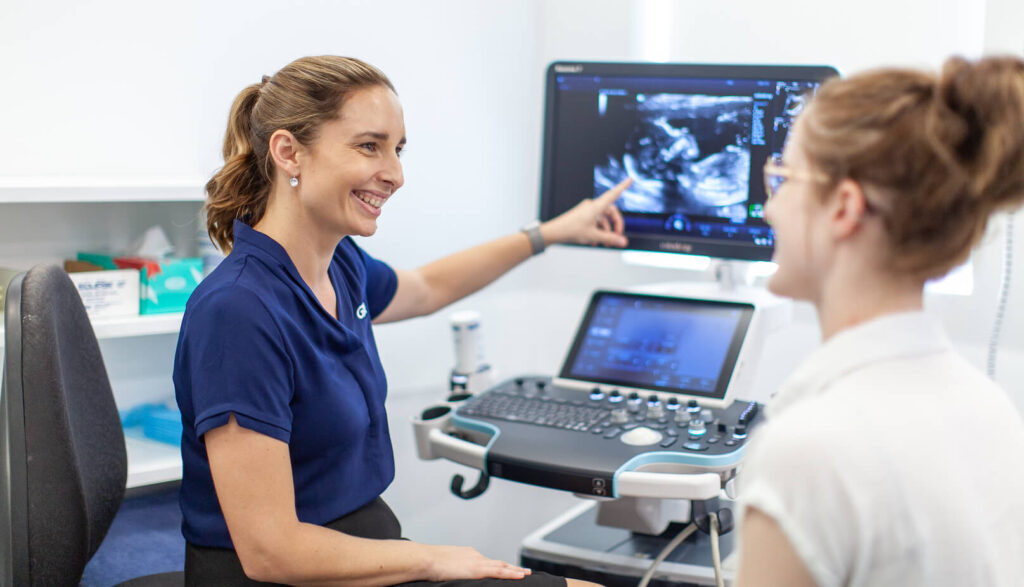For Patients
What do we Bulk Bill?
We offer Bulk Billing on the following services. Please ensure you have a current Medicare card, and a referral from a GP or Specialist.
- X-Rays – All X-Rays are Bulk Billed
- Ultrasound – Pelvic Ultrasound, Renal Ultrasound, Abdomen Ultrasound, Breast Ultrasound, Thyroid/Neck Ultrasound, Scrotal Ultrasound, Dating Scan, Musculoskeletal Ultrasound, Vascular Ultrasound
- CT Scan – Brain CT Scan, Chest CT Scan, Facial Bones/Sinus CT Scan, CSI CT Scan, Neck CT Scan, Renal/Kub CT Scan, Spinal CT Scan, Upper or Lower Extremities CT Scan, Leg Lengths CT Scan
- Angiogram – Abdomen Angiogram, Pelvic Angiogram, Pulmonary Angiogram
How do I prepare for my appointment?
If required – you will be given detailed preparation instructions at the time of booking.
Pregnancy Calculator
The Pregnancy Calculator can estimate a pregnancy schedule based on the provided due date. An estimated due date, usually based on a sonogram, is typically obtained from a health care provider during a prenatal visit.
Use to calculate the best date range to book a Nuchal Translucency Scan and Morphology Scan.
PREGNANCY CALCULATOR

Enter the date of the first day of your last menstrual period (LMP):
DUE DATE RESULT

Probable date of conception:
Foetal Age Today:
Best date range for NT scan:
(12 weeks 3 days to 13 weeks 3 days)
Morphology Scan Date:
(19 weeks)
First Heart Tones by Doppler:
(11 to 12 weeks)
Best time to evaluate cervical length in patient with risk factors:
Best time for routine anatomy ultrasound:
(18 to 20 weeks)
Estimated Due Date:
General Questions
Please read below Frequently Asked Questions

Questions about your X-Ray?
Please read below Frequently Asked Questions
Radiography is the imaging of body structures using X-rays, which are a form of radiation similar to visible light and microwaves. X-radiation is special because it has a very high energy level that allows the X-ray beam to penetrate through the body and create a picture. The picture is created because the X-ray beam is absorbed differently by different parts of the body. Bone is dense and so absorbs a high percentage of the X-ray beam, and appears light grey on the image. Lower density structures like soft tissues absorb a small percentage of the X-ray, and this appears dark grey on the image. The body has many different structures of varying densities and the differences create the picture.
For a plain X-ray there are no specific preparation instructions but there are some important things you need to do:
- Remember to arrive at the X-ray department with the X-ray request form or referral letter from your doctor. This is a legal requirement and no X-ray examination can be performed without it.
- Please inform your own doctor or the radiographer who is performing the X-ray if there is any chance you may be pregnant. This is important as a different approach may be needed or a different test may be required altogether. Safety of the patient and unborn child is the number one priority.
- Be prepared to wear a disposable hospital gown. This ensures the X-ray is of the highest quality as some clothing can make it difficult to see the images clearly. Be prepared to remove certain items like watches, jewellery and clothing that contains metal objects such as zips, as these may interfere with the quality of the image.
The following are the steps involved in a typical plain radiography/X-ray:
- A radiographer (a trained X-ray technologist) will call your name and escort you through to an X-ray examination room.
- They will explain the procedure and prepare you accordingly (as above).
- Depending on the part of your body being examined the following will vary:
- Your position (e.g. standing, sitting or lying)
- The number of X-rays taken
- The speed of the test
- It is important that you stay completely still when the radiographer instructs you to, as any movement may create a blurred image.
- After the X-rays have been performed, the radiographer has to process each X-ray and check the results for quality. This can sometimes take several minutes.
- Sometimes there will be a need for additional images to be taken to obtain more information to help the radiologist make a diagnosis. There is no need for concern if this happens as it is quite common. In most cases the extra X-rays are performed to obtain a better view of your anatomy or body structure, not because there is a problem.
- The radiographer will instruct you when the procedure is finished. You may wish to ask them when the results will be available.
- A radiologist (specialist X-ray doctor) then carefully assesses the images, makes a diagnosis and produces a written report on the findings. This report is sent to the referring doctor, specialist or allied health professional that referred you for the test.
- At any stage you are welcome to ask questions about the process if you have any concerns. The entire process is straightforward and you will not feel anything strange or feel any different during the examination.
It usually takes less than 15 minutes for an entire X-ray procedure. This depends on the number of parts of your body being examined and your ability to move about, and your general health. In most cases, the area being examined needs to be viewed from different directions to obtain enough information to make the diagnosis and this may require you to move into different positions. For example, a simple chest X-ray on an able and willing patient could take less than 1 minute.
People with disabilities, and children will also take longer, particularly if they find it difficult to keep still or to cooperate with or understand instructions given by the radiographer who performs the X-ray examination.
Generally, the benefit of the X-ray procedure is far more important than the small estimated risk. At the radiation dose levels that are used in diagnostic radiography there is little or no evidence of health effects.
There are two major risks to health that occur as a result of exposure to medical ionizing radiation (which is the kind of radiation in X-rays). These are:
- Cancer occurring many years after the radiation exposure; and
- Health problems in the children born to people exposed to radiation because of damage to the reproductive cells in the body.
Medical research has as yet been unable to establish conclusively that there are significant effects for patients exposed to ionizing radiation at the doses used in diagnostic imaging. In addition, the dose of radiation that you receive from plain X-rays is very much lower than for other types of radiology procedures such as Computed Tomography (CT) scanning or angiography (X-ray examination of the blood vessels).
The time that it takes your doctor to receive a written report on the test or procedure you have had will vary, depending on:
- the urgency with which the result is needed
- the complexity of the examination
- whether more information is needed from your doctor before the examination can be interpreted by the radiologist
- whether you have had previous x-rays or other medical imaging that needs to be compared with this new test or procedure (this is commonly the case if you have a disease or condition that is being followed to assess your progress)
- how the report is conveyed from the practice to your doctor (in other words, email, fax or mail)
Please discuss any specific questions about X-rays with a doctor or medical specialist.
X-rays are safe when performed in a controlled environment like an X-ray department. X-ray equipment is checked regularly to ensure that it is functioning properly and not delivering excess radiation to patients or staff. People operating X-ray equipment are required by law to be licensed to do so, to ensure they are properly qualified to operate the radiation equipment.

Questions about your Ultrasound?
Please read below Frequently Asked Questions
- Empty bladder 2 hours prior to appointment
- Over the next hour drink 1 litre of water
- Hold your bladder for the scan
- If you need to let a little out, please do so but drink some more water
- Empty bladder 2 hours prior to appointment
- Over the next hour drink 500mls of water
- Hold your bladder for the scan
- Hold your bladder for 1 hour prior to your appointment
- You do not need to drink any extra fluids
- Nothing to eat for 5 hours before your appointment
- You may drink water, black tea or black coffee
- No dairy products or fizzy drinks
- No smoking
- Take any medications as normal
- Nothing to eat or drink for 12 hours prior to your appointment
- You may sip water if required
- Take any medications as normal

Have a Referral?
If you have a referral from your doctor or medical specialist you can now request an appointment online.













